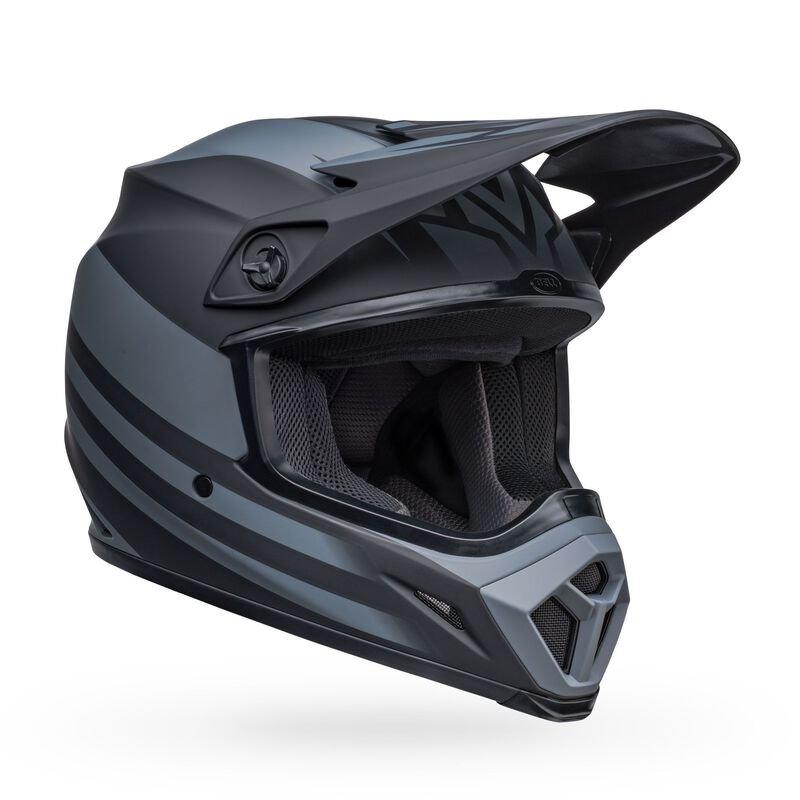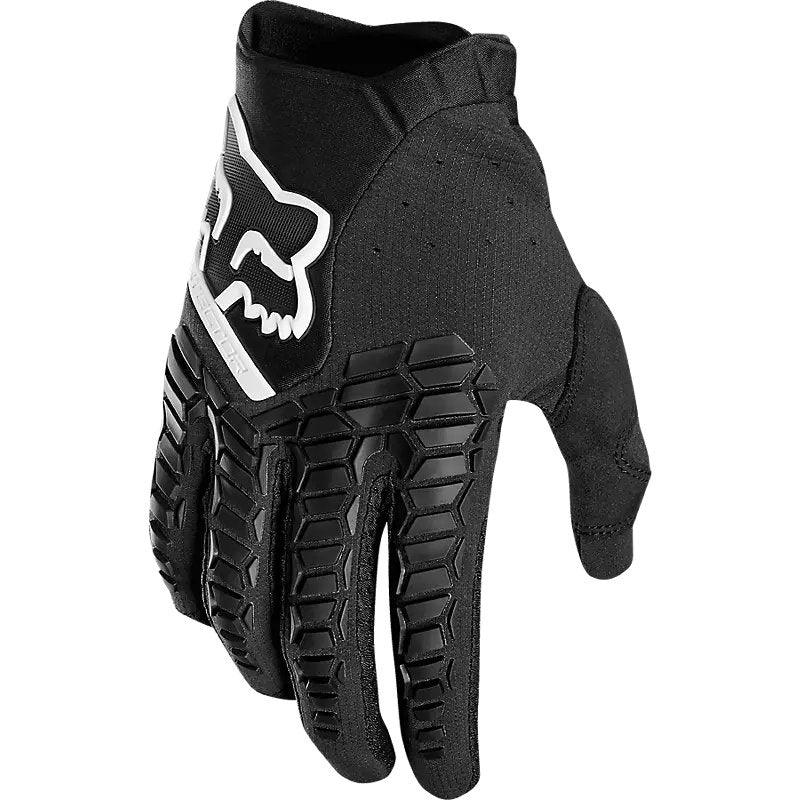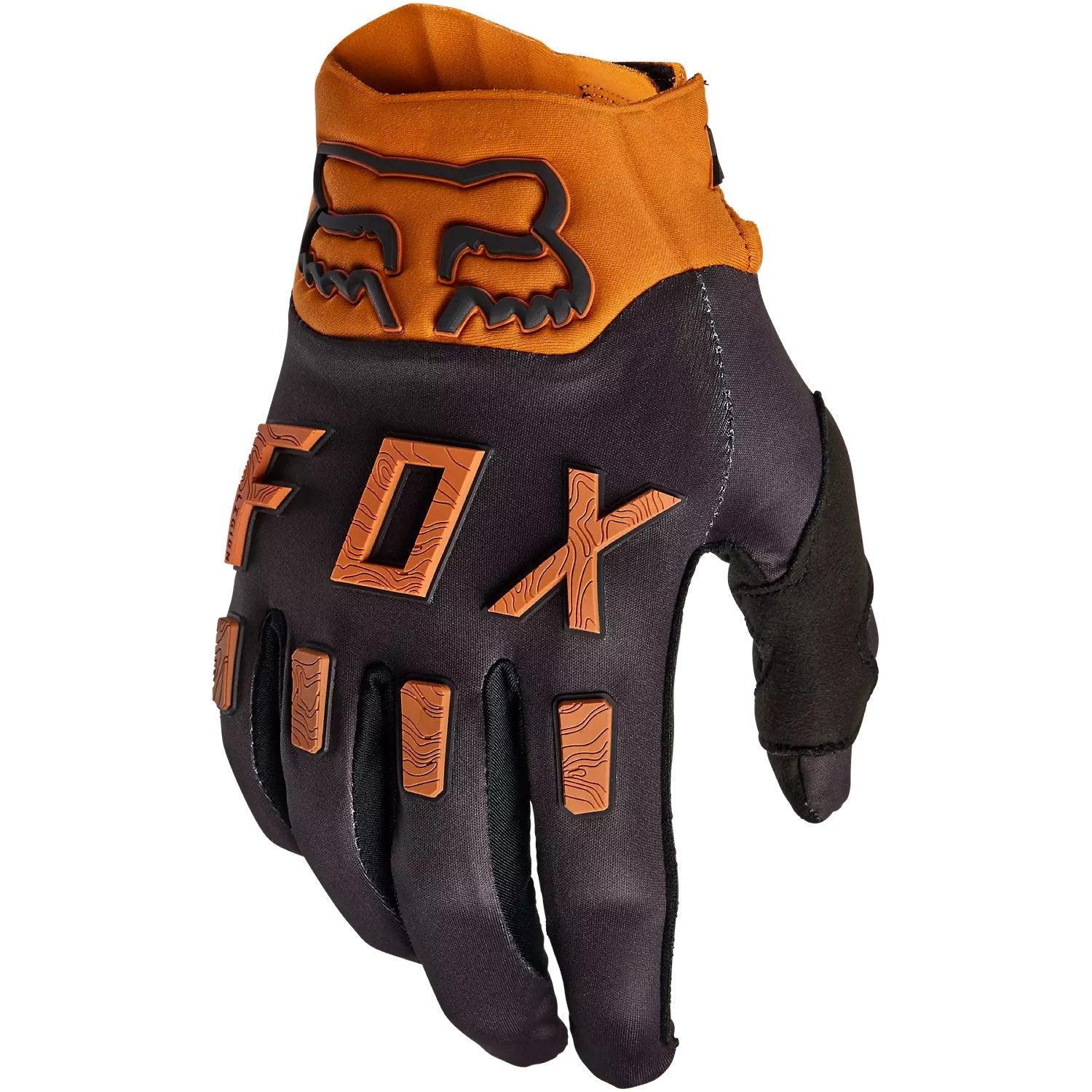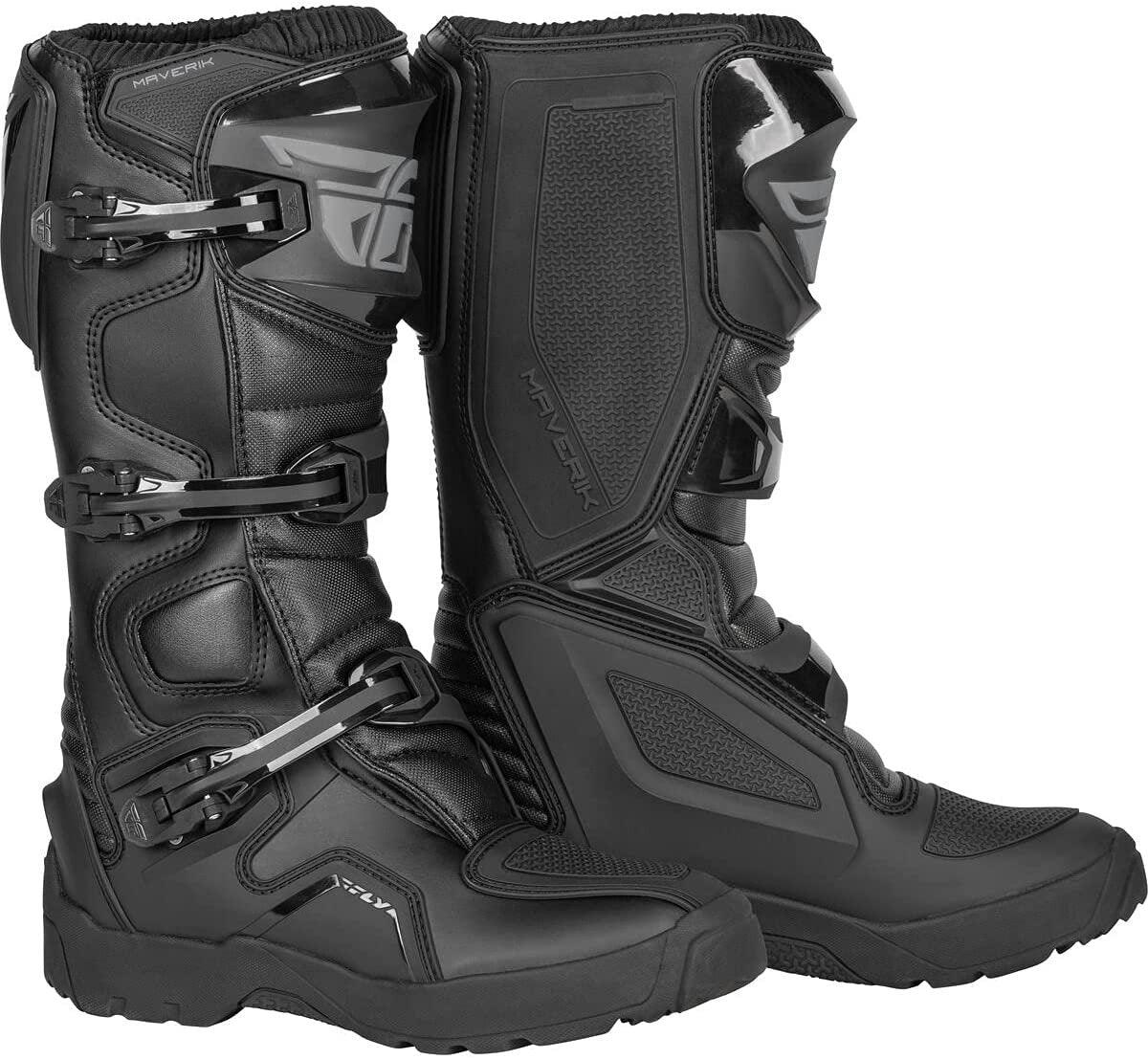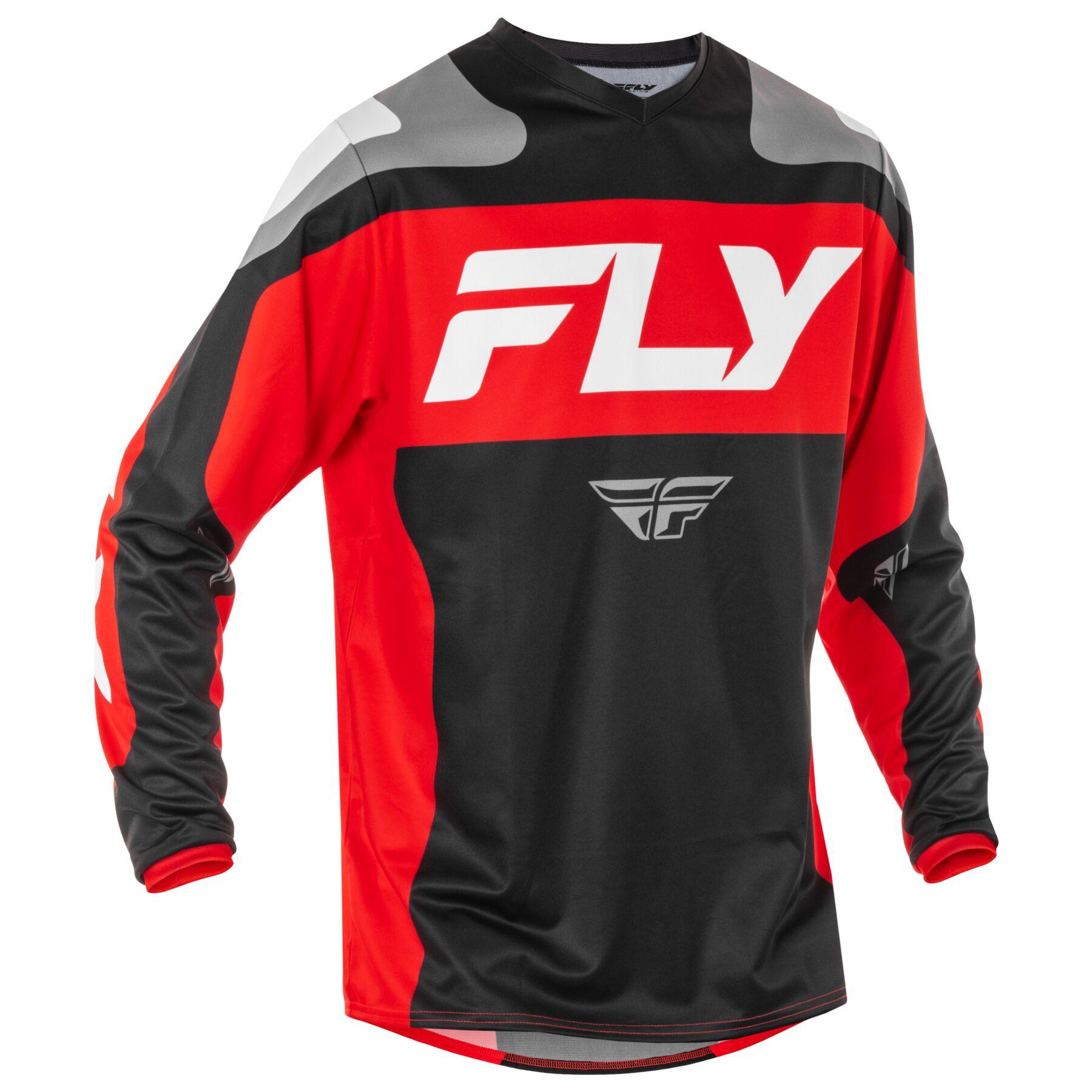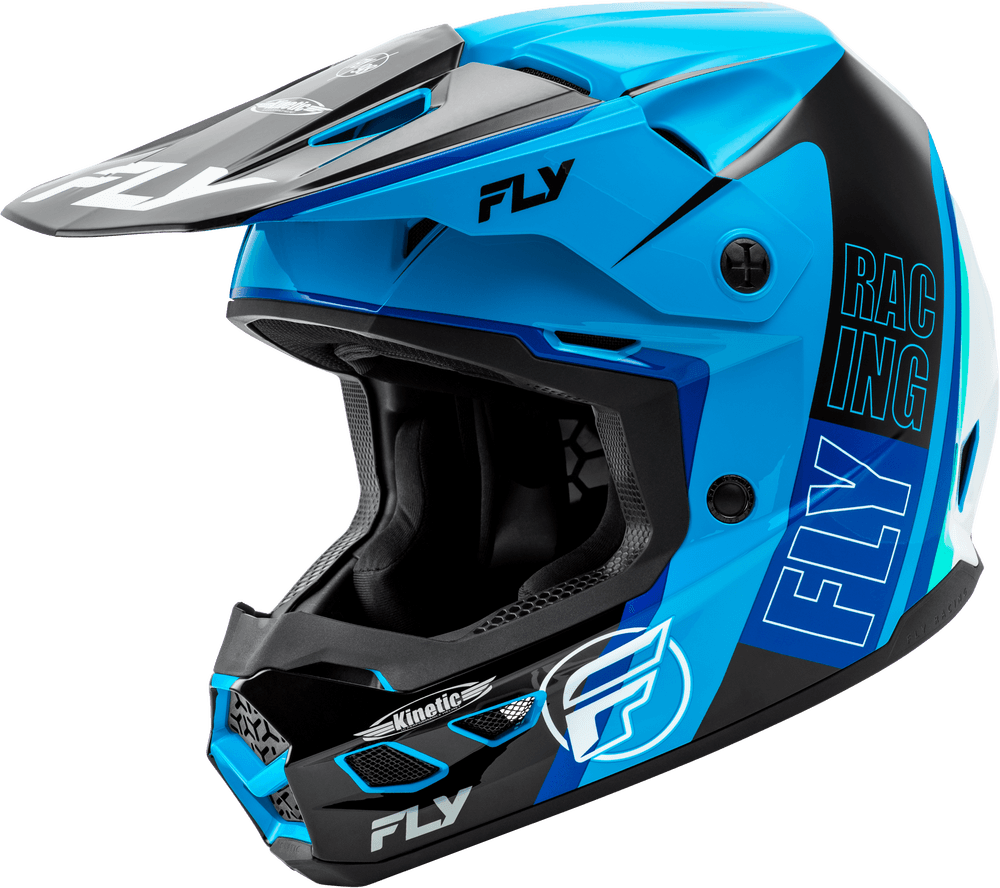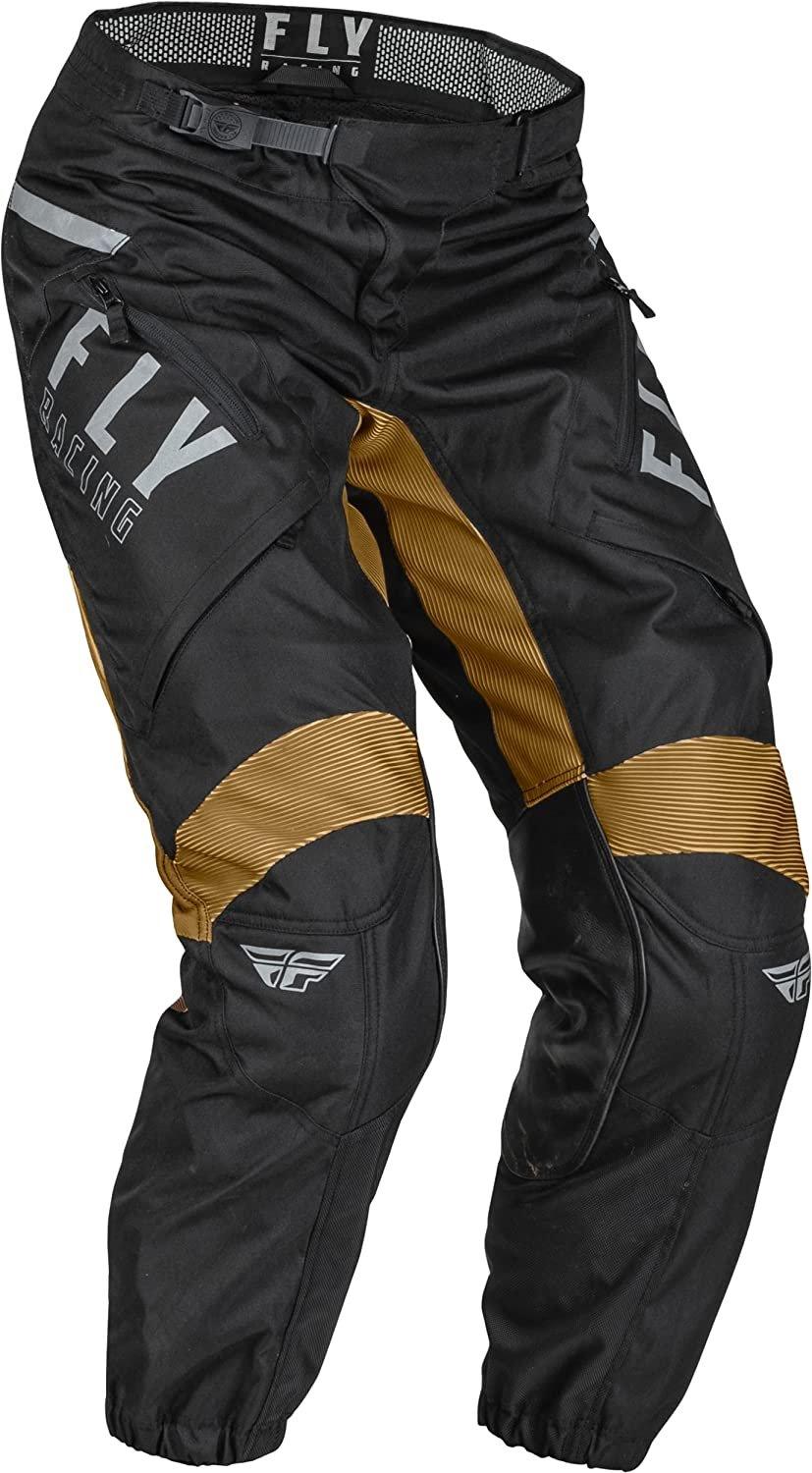Kawasaki: Powering Your Potential
Kawasaki has rich origins that reach back to 1878 when Shozo Kawasaki established Tsukiji Shipyard in Tokyo, Japan. In 1896, it was incorporated as Kawasaki Dockyard Co.
Born in Kagoshima to a kimono merchant family, Shozo became a tradesman in Nagasaki at 17 years old. At this time, Nagasaki was the only place in Japan that was open to the West. At 27, he started a shipping business in Osaka which later failed when his cargo ship sank in a storm. He then joined a sugar handling company in Ryukyu (currently Okinawa Prefecture) in 1869, which had been established by a Kagoshima samurai. By1893 he found himself researching Ryukyu sugar and sea routes to Ryukyu at the request of the Ministry of Finance. In 1894, he was appointed executive vice president of Japan Mail Steam-Powered Shipping Company, and successfully opened a sea route to Ryukyu for transporting sugar to mainland Japan.
After having observed multiple sea accidents in his time, Shozo began to trust Western ships due to their being more spacious, stable, and faster than typical Japanese ships. This fed into his interest in the modern ship building industry, and in 1878 (supported by the Vice Minister of Finance Masayoshi Matsukata, who happened to be from the same province as Shozo) he established Kawasaki Tsukiji Shipyard on land he borrowed from the government alongside the Sumidagawa River, Tsukiji Minami-Iizaka-cho (currently Tsukiji 7-chome, Chuo-ku), Tokyo. This was a major step forward as a ship builder.
In 1894, just seven years after Kawasaki Shipyard was established, the Sino-Japanese war started. This unfortunate time spurred ship production in Japan, and led to a mass influx of ship repairs. After learning the limitations of private management, Shozo made the decision to take the company public immediately following the end of the war.
Shozo Kawasaki | Photo Credit: Kawasaki Website
Due to his primary focus being his business, at nearly 60 years old, Shozo found himself without a son old enough to become his successor. In the end, selected the third son of his business benefactor, Kojiro Matsukata. Kojiro was born in Satsuma (currently Kagoshima Prefecture) in 1865. He was a secretary for Japan’s prime minister between 1891 and 1892, and was appointed the first president of Kawasaki Dockyard Co., Lts., in 1896. He acted as president for 32 years, until 1928. In his time, he expanded the business into rolling stock, aircraft, shipping, oversaw the implementation of Japan’s first eight-hour day system (as well as other systems), and fostered the company’s growth into a leading heavy industrial company. Kojiro was also known for his love of art, and his extensive collection. The National Museum of Western Art in Tokyo was established around his private collection, and the Tokyo National Museum currently houses his incredible collection of Ukiyoe prints.
First President, Kojiro Matsukata | Photo Credit: Kawasaki Website
In 1897, Kawasaki Dockyard completed their first ship after becoming public, the Iyomaru (727 GT passenger ship). Between 1886 and 1896, the company built 80 new ships, including six steel ships. These were among the first steel ships in Japan, and caused rapid modernization from iron to steel.
Cargo-passenger ship, Iyomaru (727 GT) | Photo Credit: Kawasaki Website
When Shozo Kawasaki founded Kawasaki Dockyard in Kobe City, Hyogo Prefecture, he quickly realized that the shipyard needed a major boost in capacity. To make that happen, he envisioned building a dry dock by reclaiming land right next to the shipyard. The groundwork for this big project began in 1892 with a land survey, followed by boring tests in 1895. After the company was officially incorporated, Kojiro Matsukata picked up the torch and continued pushing the plan forward.
However, building on the Minatogawa River delta came with serious challenges. The foundation was extremely weak, causing multiple setbacks. But the team didn’t give up. They introduced a new method—pouring concrete to strengthen the underwater base. After six long years of trial and error, the dry dock was finally completed in 1902. It took three times longer and cost three times more than usual, but their determination paid off.
Construction Finishes on Dry Dock at Kobe Shipyard, 1902 | Photo Credit: Kawasaki Website
Kojiro Matsukata, Kawasaki’s first president, was always eager to explore new business opportunities. One area that really caught his attention was railway car manufacturing—it was a growing industry with huge potential. In 1906, his vision started taking shape when the newly established Hyogo Works began producing locomotives, freight and passenger cars, and even bridge girders. That same year, Kawasaki also took an exciting step forward in shipbuilding by starting production of marine steam turbines at its dockyard. It was a big year of innovation and expansion for the company.
Kawasaki Dockyard neighbored the government-run Kobe railway plant, North (1906) | Photo Credit: Kawasaki Website
Kawasaki’s first president, Kojiro Matsukata, was eager to grow the company into new industries. In 1906, that vision came to life with the opening of Hyogo Works, where Kawasaki began building locomotives, rail cars, and bridge girders. That same year, the company also started producing marine steam turbines—marking a major step forward in both land and sea innovation.
Holland type submarines No. 6 and 7 under examination, dry dock 1906 | Photo Credit: Kawasaki Website
Around 1901, the Japanese Navy began exploring the idea of using submarines, and with the outbreak of the Russo-Japanese War, it moved quickly to form a submarine corps. In 1904, five Holland-type submarines (Submarines No. 1 to 5) were imported from the U.S.
That same year, the Navy took a bold step—commissioning Kawasaki to build Japan’s first domestically produced submarines. While Kawasaki was given basic plans from J.P. Holland, the submarine's original designer, the finer details were left to the company. Determined to meet the Navy’s expectations and prove itself on the global stage, Kawasaki brought in American engineers and tackled challenges head-on throughout the build. In 1906, after overcoming many technical hurdles, Kawasaki proudly delivered Submarines No. 6 and 7—the first ever built in Japan.
Yodo, Japan’s first large-size warship built by a private shipyard, 1908 | Photo Credit: Kawasaki Website
Following Japan’s victory in the Russo-Japanese War, the government set out to strengthen its navy by building large warships domestically—something that had previously been done overseas. Until then, private shipyards mainly handled smaller vessels like destroyers and torpedo boats. That changed when Kawasaki Dockyard built the Yodo, a dispatch boat and the first 100-ton warship produced by a private shipyard. The Yodo earned high praise from naval officials and marked the start of true large-scale shipbuilding in Japan’s private sector.
First Kawasaki-Made Locomotive, 1911 | Photo Credit: Kawasaki Website
Japan’s railway journey began in 1872 with British-made steam locomotives running between Shinagawa and Yokohama. Kawasaki entered the scene in 1907, starting with rolling stock, and by 1911 had built its first steam locomotive—the Tender type (2B saturation steam, No. 6700–6704)—for the Ministry of Railways. Its performance impressed officials so much that they praised it as outperforming imported models. From then until 1971, Kawasaki built a total of 3,237 steam locomotives, playing a key role in shaping Japan’s railway network.
Kawasaki Industries entered aircraft production in 1922, and went on to build Japan’s first metal aircraft. The company built its first airplane at the Hyogo Works and carried out test flights in Sohara Village—now Kakamigahara City—in Gifu Prefecture. The Japanese Army was impressed with the results and selected it as their first military aircraft: the Type Otsu 1 surveillance plane. Kawasaki went on to produce around 300 of these planes by 1927, marking the company’s early contributions to aviation in Japan.
Kawasaki-Made Airplane - Type Otsu 1 Surveillance Airplane | Photo Credit: Kawasaki Website
After the Great Kanto Earthquake struck Tokyo in 1923 and caused major bridge collapses across the Sumidagawa River, Kawasaki stepped in to help rebuild. The company constructed several iconic bridges—like the Kiyosubashi, Shirahigebashi, and Eitaibashi—known for their elegant designs and advanced engineering. For the Kiyosubashi suspension bridge, Kawasaki used high-tensile Ducol steel (made at its Hyogo Works) for the upper cables—the first time this material was used in Japan. The same steel was also used in key parts of the Eitaibashi arch bridge.
In total, Kawasaki received orders for 25 bridges—requiring 16,000 tons of steel—from the Earthquake Reconstruction Bureau and other agencies. One of the standout projects was the Kachidokibashi Bridge, a drawbridge modeled after Chicago’s trunnion bascule design. Its central span could once rise to 70 degrees to allow ships to pass, but today, it remains fixed to ease road traffic congestion.
Eitaibashi Bridge across the Sumidagawa, 1926 | Photo Credit: Kawasaki Website
Kawasaki began building trucks in 1918 at its Hyogo Works to meet growing social needs, but paused production until 1929 when its subsidiary, Kawasaki Rolling Stock Manufacturing, restarted automobile development. In 1931, it rolled out a prototype 1.5-ton truck based on a U.S. deluxe model, and by 1932, began producing Rokkogo trucks and buses. Just a year later, the company expanded into luxury with Rokkogo passenger cars—some even used by the Imperial family.
Although automobile production was halted in 1942 by government order to prioritize aircraft manufacturing, Kawasaki played a pioneering role in Japan’s early automotive industry.
Rokkogo bus delivered to the Ministry of Railways, 1934 | Photo Credit: Kawasaki Website
The Company (Kawasaki Rolling Stock Manufacturing) exported a large number of locomotives, passenger coaches and freight cars to China. Among them were the state-of-the-art locomotives of the day, Pashina type steam locomotives pulled the Ajiago super express linking Dalian and Changchun, China.
In 1937, the aircraft division spun off and became Kawasaki Aircraft Co., Ltd.
Pashina type steam locomotive for Ajiago Super Express. The number "1500" was painted on in commemoration of the 1500th steam locomotive made by Kawasaki, 1934 | Photo Credit: Kawasaki Website
During World War II, the Company (Kawasaki Aircraft) manufactured the type 3-1 fighter Hien, the only liquid-cooled fighter developed in Japan during the war. Hien was known for its world-class performance, with a maximum speed of 610 km/h and the capability to fly in formation even at an altitude of approximately 32,800 feet (10,000 meters).
Type 3-1 fighter Hien, 1941 | Photo Credit: Kawasaki Website
Japan’s aircraft industry came to a halt after World War II, as the production of military aircraft was banned for seven years until the Treaty of Peace took effect in 1952. Even after the ban was lifted, the industry struggled to bounce back after such a long pause.
Kawasaki-Bell 47D helicopter, 1952 | Photo Credit: Kawasaki Website
Despite the challenges, Kawasaki pushed forward. At its Gifu Works, the company began designing a four-seat transport plane and completed the KAL-1 in 1953. Meanwhile, Kawasaki also turned its attention to helicopters. In 1952, it signed a technical agreement with the U.S.-based Bell Aircraft Corporation, and by 1954 had built Japan’s first helicopter—the Kawasaki-Bell 47D-1. Six of these helicopters were produced for Japan’s Ground Self-Defense Force.
The merger agreement is signed. From left to right: presidents Yotsumoto, Isano, and Ueda, 1969 | Photo Credit: Kawasaki Website
During the 1960s, as Japan entered a period of rapid economic growth, large-scale corporate mergers became common to boost global competitiveness. In the midst of this trend, Masashi Isano, president of Kawasaki Dockyard, envisioned uniting Kawasaki’s major group companies to create a powerful, all-encompassing industrial enterprise—realizing a vision once set by the company’s first president, Kojiro Matsukata: to build a company serving land, sea, and air.
Sharing this ambition, Isano, Masao Ueda (president of Kawasaki Rolling Stock Manufacturing), and Kiyoshi Yotsumoto (president of Kawasaki Aircraft) signed a merger agreement on March 19, 1968. The merger took effect on April 1, 1969, forming Kawasaki Heavy Industries, Ltd. Although the company's Japanese name had changed earlier in 1937, this marked the official English-language transition from Kawasaki Dockyard to Kawasaki Heavy Industries.
The newly formed company launched with around 26,000 employees, 28 billion yen in capital, and projected sales of 200 billion yen for its first year. Isano took the helm as president, with Ueda and Yotsumoto serving as executive vice presidents—uniting their strengths to lead Kawasaki into a new era.
Kawasaki-Unimate 2000, the first Japan-made industrial robot, 1969 | Photo Credit: Kawasaki Website
Kawasaki regarded the development and production of labor-saving machines and systems as an important mission, and became Japan's pioneer in the industrial robot field. In 1968, the Company (Kawasaki Aircraft) entered into a technical agreement with Unimation Inc., a U.S. company specializing in industrial robots, and began development work. In 1969, the Company succeeded in developing the Kawasaki-Unimate 2000, the first industrial robot ever produced in Japan.
Following the success of the W series, Kawasaki launched the groundbreaking H1 in 1969—a 2-stroke, 3-cylinder, 498cc bike that helped ignite the big bike boom. At the time, European brands dominated the large motorcycle market, especially in the U.S., but the H1’s power, performance, and bold design—complete with a distinctive exhaust roar and unique two-tone paint—secured Kawasaki’s place as a serious contender in the global big bike scene.
Kawasaki H1, 1969 | Photo Credit: Kawasaki Website
In 1972, Kawasaki introduced the Z1—Japan’s largest motorcycle at the time—powered by a 903cc, air-cooled, 4-stroke, DOHC engine, the company’s first of its kind. Nicknamed “New York Steak” during development, the Z1 instantly became a hit and a long-term bestseller. As a trailblazer in the Supersport category, it not only cemented Kawasaki’s big bike legacy but is still celebrated as one of the most iconic motorcycles ever made.
Kawasaki Z1, 1969 | Photo Credit: Kawasaki Website
In 1972, through its merger with Kisha Seizo Co., Ltd., the Company became Japan's leader in the rolling stock industry. In 1973 Kawasaki began selling JetSki watercrafts.
The Jet Ski WSAA personal watercraft, 1973 | Photo Credit: Kawasaki Website
Kawasaki entered the U.S. motorcycle market in the 1960s, launching hits like the H1 and Z1, and established Kawasaki Motors Corp., U.S.A. to drive rapid growth. To meet booming demand, the company opened its first U.S. factory in Lincoln, Nebraska in 1974—marking a major milestone as the first American production site by a Japanese motorcycle maker.
KMM Lincoln Plant, 1975 | Photo Credit: Kawasaki Website
Building on its expertise in jet engines, Kawasaki pioneered Japan’s gas turbine generator industry, developing its first industrial gas turbine in 1972 and launching the GPS200 in 1976—the nation’s first of its kind. The GPS200 earned top honors and helped pave the way for Kawasaki’s later innovations, including its original GPC cogeneration systems in 1983.
Kawasaki GPS200, Japan's first gas turbine generator, 1976 | Photo Credit: Kawasaki Website
In 1977, Kawasaki teamed up with Germany’s MBB (now Eurocopter Deutschland) to develop the BK117, Japan’s first domestically developed helicopter. Launched in 1982, the twin-engine BK117 featured advanced safety, all-weather capability, and a jointless rotor system for smoother, easier operation.
BK117 Helicopter, 1979 | Photo Credit: Kawasaki Website
While actively building VLCCs and oil tankers, Kawasaki also focused on developing advanced, high-value-added vessels like LNG carriers. After partnering with Norway’s Moss Rosenberg in 1971, Kawasaki delivered Japan’s first LNG carrier, the Golar Spirit, in 1981.
LNG Carrier Golar Spirit, 1981 | Photo Credit: Kawasaki Website
1986: production of rolling stock in the US begins
1988: production of construction machinery in the US begins
1989: orders received for construction work on the Akashi Kaikyo Bridge
Akashi Kaikyo Bridge, 1989 | Photo Credit: Kawasaki Website
The Akashi Kaikyo Bridge, opened in 1998, was the world’s longest single-span suspension bridge at the time, stretching 3,910 meters with a 1,990-meter main span. Kawasaki led construction of the massive 283-meter tower on the Awajishima side and installed key steel structures like stiffening girders using its advanced engineering expertise.
Kawasaki tunnel boring machine (T2) pierces the Eurotunnel on May 22, 1991 | Photo Credit: Kawasaki Website
In 1987, Kawasaki was commissioned to build two massive tunnel boring machines for the Channel Tunnel, designed to dig through complex, high-pressure underwater terrain between France and the U.K. Operating 40 meters below sea level, the machines tackled extreme conditions—including water pressure up to 10 atmospheres—while maintaining an impressive pace of 500 meters per month over 16 kilometers.
Despite a tight 13-month lead time from contract to delivery, Kawasaki rose to the challenge, drawing on its experience with nearly 1,000 tunnel and shield machines. In June 1988, the two TBMs—each made of over 10,000 parts—were shipped from the Harima Works after successful test runs.
Photo Credit: Kawasaki Website
During the Tokyo Bay Aqua-line construction, eight shield machines were used to excavate the underwater tunnel on the Kawasaki City side. Kawasaki manufactured three shield machines out of those, with a diameter of 14.14m - the largest class in the world. 1,200 cutter bits, made of ultra-hard alloy, excavated the earth with the cutter face fully rotating once every 2.5 minutes. Completely automated machines enabled single man operation, adopting Kawasaki's proprietary automated system to assemble segments, or the blocks formed of reinforced concrete to be placed against the tunnel walls.
Shield machines being shipped from Harima Works, 1996 | Photo Credit: Kawasaki Website
1996: Kawasaki celebrates their 100th anniversary
KMM Lincoln Plant, 2001 | Photo Credit: Kawasaki Website
In 2001, Kawasaki opened the first fully integrated rolling stock factory in the U.S. at its Lincoln, Nebraska plant, with production starting the next year. The 40,000 m² facility features a streamlined 480-meter production line and a rail-free, flexible layout that allows for efficient manufacturing and easy reconfiguration based on the type of railcar being built. Also in 2001, the company introduced an internal company system and an executive officer system. In 2002, Kawasaki Shipbuilding Corporation and Kawasaki Precision Machinery Ltd. were established as wholly owned subsidiaries, and in 2004 they shipped their first 700T train to Taiwan Speed Rail.
The 700T train for Taiwan High Speed Rail, 2004 | Photo Credit: Kawasaki Website
Kawasaki, as the lead contractor in a Japanese consortium, delivered the first 12-car 700T high-speed train to Taiwan High Speed Rail—the first time Shinkansen technology was exported overseas. Tailored for Taiwan’s environment and capable of reaching 300 km/h, the 700T connects Taipei and Kaohsiung in just 1.5 hours, with Kawasaki producing 30 trains (360 cars) alongside Nippon Sharyo and Hitachi.
2005: Kawasaki Plant Systems, Ltd. (K Plant) is established as a wholly owned subsidiary
2006: Kawasaki Environmental Engineering, Ltd (KEE) is established as a wholly owned subsidiary
2007: K Plant and KEE merge to form new K Plant; rolls out test planes for the XP-1 fixed wing maritime patrol aircraft and XC-2 transport aircraft.
The XP-1 fixed-wing maritime patrol aircraft, 2007 | The XC-2 transport aircraft, 2007 | Photo Credits: Kawasaki Website
In 2007, Kawasaki unveiled test models of the XP-1 maritime patrol aircraft and XC-2 transport aircraft at its Gifu Works, marking Japan’s first domestic large-aircraft development program in 40 years—and its first time developing two simultaneously. Designated as the primary contractor by the Ministry of Defense in 2001, Kawasaki delivered the XP-1 in 2008 and the XC-2 in 2010.
2009: KCM Corporation is established as a wholly owned subsidiary
2010: Kawasaki Shipbuilding Corporation, Kawasaki Precision Machinery Limited (KPM) and Kawasaki Plant Systems, Ltd. (K Plant) are re-merged into Kawasaki Heavy Industries, Ltd.
2013: Established Medicaroid Corporation, a marketing company for the development of medical robots, jointly with SYSMEX CORPORATION
2015: All KCM Corporation shares transferred to the Hitachi Construction Machinery Group
2017: Completes first US production line for cargo doors for Boeing’s commercial airplanes
In 2017, Kawasaki launched its first U.S. aerostructures production line at its Lincoln Plant in Nebraska to manufacture cargo doors for Boeing’s advanced 777X aircraft. Built in a 2,800 m² space, the line features cutting-edge automation—including precision-painting robots and advanced auto riveters—for high-quality, efficient production.
KMM Lincoln Plant, 2017 | Photo Credits: Kawasaki Website
In September 2018, Kawasaki produced its first cargo doors for Boeing at the Lincoln Plant, using its advanced aerostructures production line. The facility combines cutting-edge automation—including Kawasaki’s own robots and riveters—with the Kawasaki Production System (KPS) and locally sourced materials to ensure high efficiency, quality, and shorter lead times.
Finished cargo doors, 2018 | Photo Credits: Kawasaki Website
2021: Kawasaki Railcar Manufacturing Co., Ltd and Kawasaki Motors, Ltd. are established as wholly owned subsidiaries

